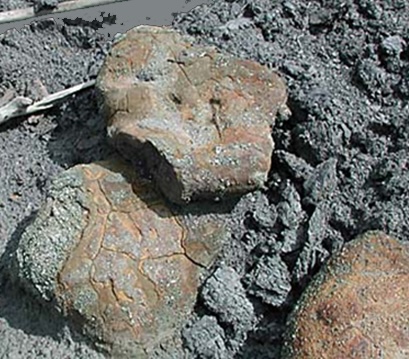Marcasite

Marcasite, sometimes called white iron pyrite, is a secondary mineral because it forms by chemical alteration of a primary mineral, such as chalcopyrite. It is a brittle material with thin, flat, tabular crystals that may be joined in groups called "cockscombs." Rose-shaped clusters are called marcasite rosettes.
In Kansas, marcasite occurs as concretions and crystals in coal, shale, and limestone. Well-developed crystals have been taken from the lead and zinc mines of the Tri-State district in Cherokee County and can be found in southeast Kansas coal mines.
- Chemical compound: iron sulfide
- Chemical formula: FeS2 (Fe = iron, S = sulfur)
- Color: pale yellow to near white on fresh surface; tarnishes to dark yellow or brown
- Streak: black
- Specific gravity: 4.8
- Luster: metallic
- Hardness: 6–6.5
- Amount of transparency: opaque